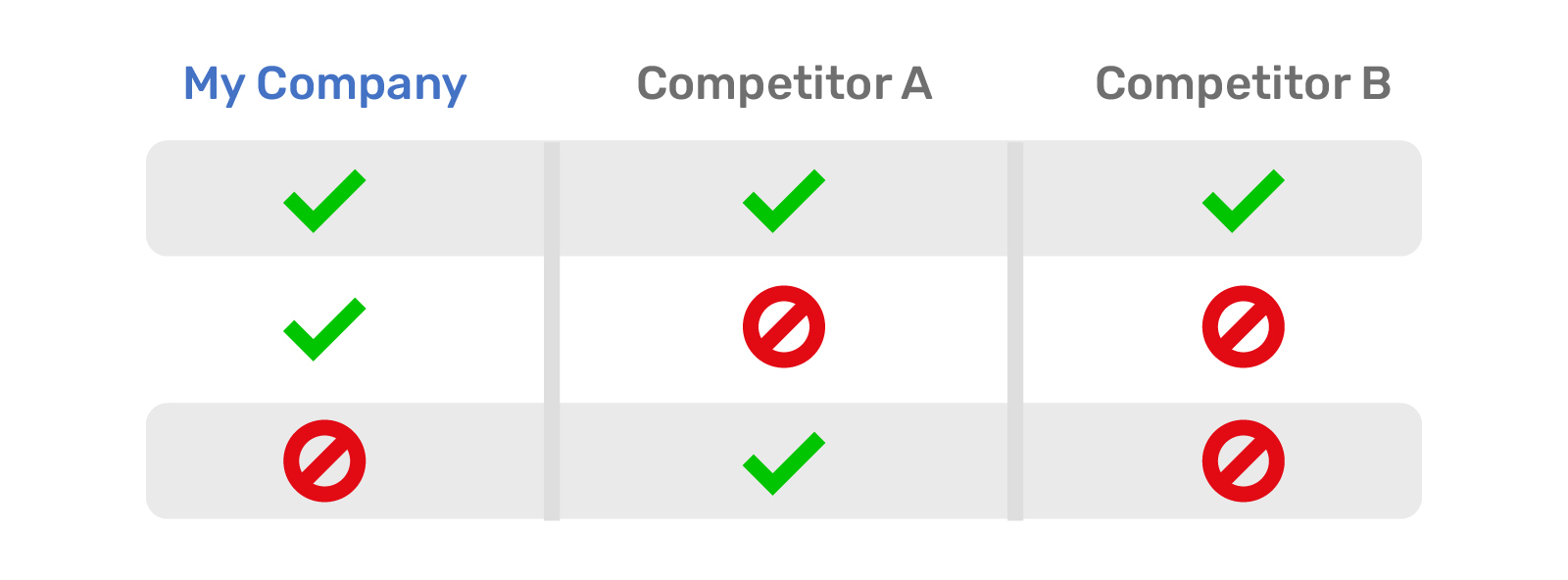If you already know the keywords you want to rank for, look at the top results and think about how you can improve on the current content. There may be an emphasis on long articles, videos, tutorials, or other styles of content, so you know what Google is looking for. Using a tool like SEMrush, you can find out what keywords the top sites are ranking for. You can also analyze the backlink profile, focusing on the pages that have a high authority rating.
There are various tools for studying ads, with SEMrush, AdSwiper, Adsova just a few of the options. You can't be certain that a particular ad is profitable, but ads that have been running for a long time will usually be working. Analyzing the ad copy, image, and landing page of a variety of ads should help you determine what consumers are responding to within a particular niche. Facebook also includes an Info and Ads section, detailing all the ads that businesses are currently running on the platform.
Social media can be used to track follower numbers, content types, and posting frequency. You can find out a lot simply by going to competitor’s social platforms and looking at what they are doing. For a deeper data analysis, you can use products like Brandwatch and Social Blade. Social listening will let you know how people talk about different brands, helping you understand the way you are perceived within the marketplace. Also, if you want to reach people who are following your competitors, you can advertise to audiences based on the people they follow.
Content marketing is an important process, but it can be difficult to know where to focus your attention. Competitive analysis will show you the type of content that is getting the most likes and shares, making it easier to see patterns within your niche. BuzzSumo is a popular tool for content marketing analysis, with the ability to monitor social platforms, blogs, and more.
A comprehensive sales funnel will ensure you bring in the most revenue for each lead you acquire. You may, for example, gain an email subscriber, offer them a product, then follow up with an upsell offer. There are various funnel models you can use, so it is worth knowing what your competitors are doing. You could manually follow the path a business has set out, making a purchase and seeing the entire process. Alternatively, a tool like FunnelSpy will map out the sequences, giving you a broad view of the sales process.








